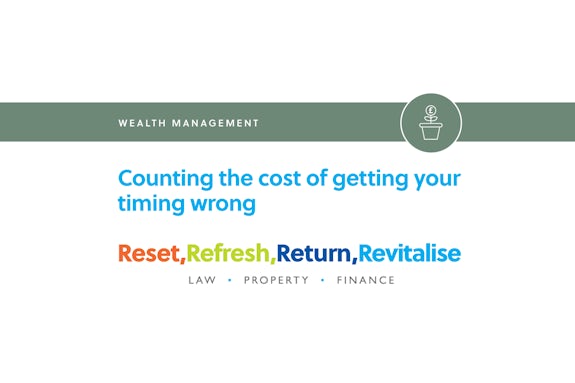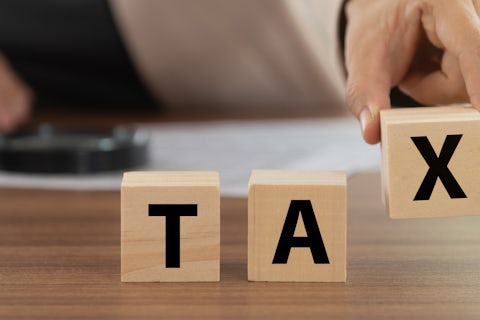
The pandemic crisis has illustrated why investors should hold their nerve when stock markets fall.
It’s been a tumultuous year for stock market investors. A bull run that had lasted nearly 11 years came to a shuddering halt in early February as the COVID-19 pandemic hit. What followed was the shortest and sharpest correction in stock market history; but quick action by governments and central banks then saw a rapid bounce back.
When stock market shocks happen, the risk is that investors’ emotions take over. They might panic and sell at the first sign of trouble. Or they might attempt to time the market and buy low, hoping to sell for a profit when prices recover.
But losing your nerve or trying the time the market can prove very costly. And this time was no different because, just like previous stock market crises, some of the biggest market moves – in either direction – happened in just a few days. Whether or not you are invested on those days can make a big difference to your long-term returns. The problem is that no-one knows when they are going to happen.
As the chart below shows, a notional investment of £1,000 into the S&P 500 index on 1 January would have been worth £1,065 by 23 July, if it had been left alone as the markets gyrated. Yet, missing just the ten best days of returns over that short period would have reduced the investment to £616.

Source: Bloomberg. Data shown is for the S&P 500 Total Return Index. Past performance is not a guide to future returns. Illustrative index returns do not take account of the costs and charges of investing.
| S&P 500 Index discrete one-year returns | ||||
|---|---|---|---|---|
| Jul 2019 – Jul 2020 | Jul 2018 – Jul 2019 | Jul 2017 – Jul 2018 | Jul 2016 – Jul 2017 | Jul 2015 – Jul 2016 |
| 3.8% | 14.9% | 16.1% | 16.1% | 23.2% |
Source: Financial Express Analytics. Data shown for the S&P 500 Total Return Index. Past performance is not a guide to future returns.
The best periods for stock markets often follow some of the worst days. However, if you react to the bad days, you are very likely to miss the good ones. Of course, it can be difficult to sit tight as your investments fall in value. But history shows that, to achieve your longer-term financial goals, you need to stick to the plan for how long you intend to invest.
Past performance is not indicative of future performance.
The value of an investment with St. James’s Place will be directly linked to the performance of the funds selected and the value may fall as well as rise. You may get back less than the amount invested.
An investment in equities does not provide the security of capital associated with a deposit account with a bank or building society.
© S&P Dow Jones LLC 2020. All rights reserved.
The information and opinions contained in this blog are for information only. They are not intended to constitute advice and should not be relied upon or considered as a replacement for advice. Before acting on any of the information contained in this blog, please seek specific advice from Gilson Gray Financial Management.







